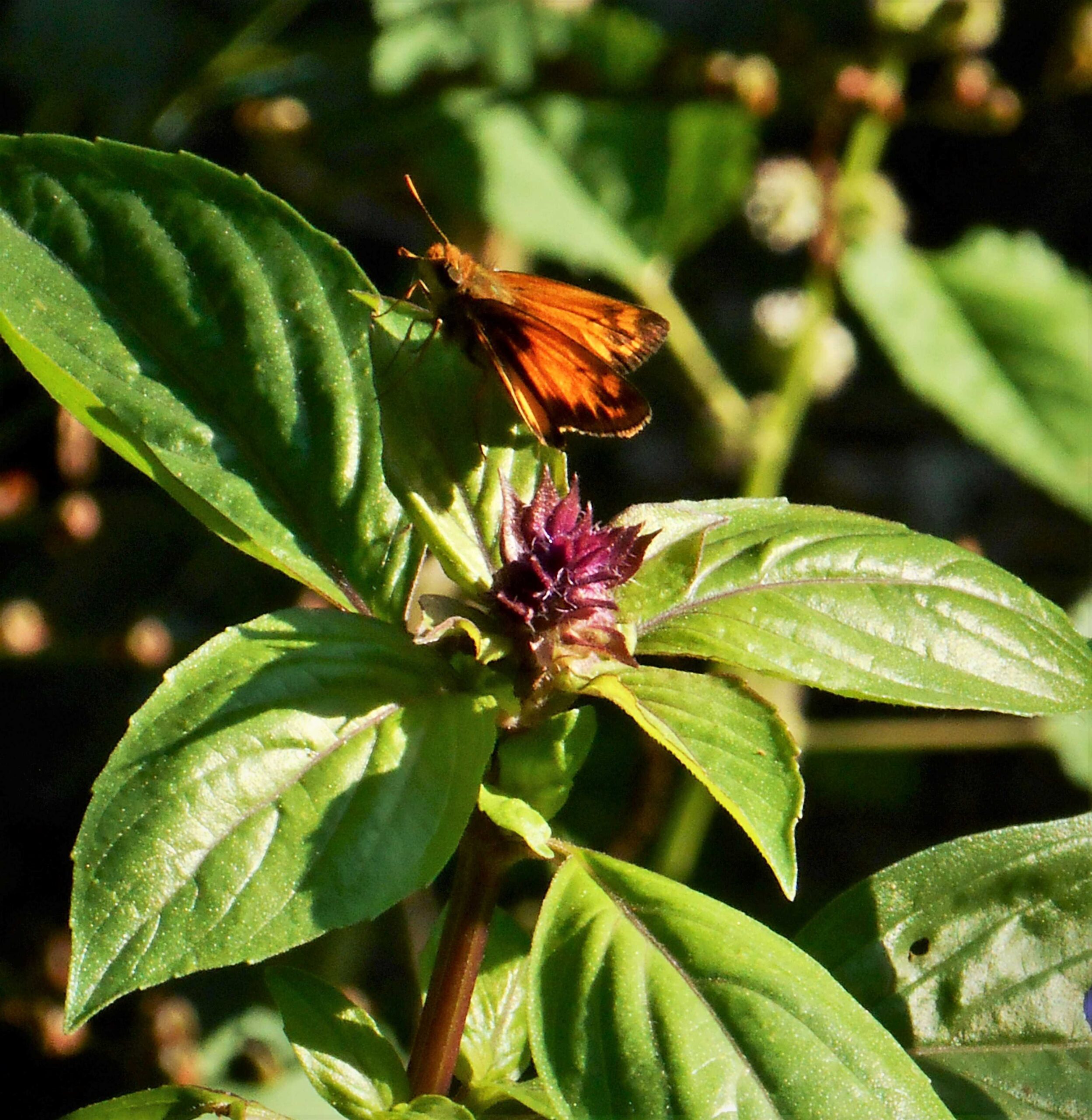Sustainable Gardening in the Shade
When you’re planning a new garden, do you look for a sunny spot or for a bit of shade? That used to be an easy decision. We all know that plants need good light to grow well. Gardening books used to advise anyone planting a small vegetable garden or flower bed to watch how the sun moves across the sky and how the shadows fall across their yard to select a good sunny spot to break ground. Traditional gardeners...










